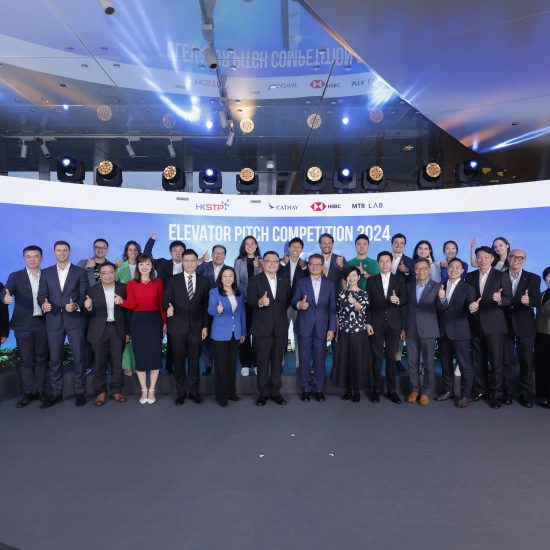By Tajul Islam
With a population of around 165 million, Bangladesh, situated in southern Asia, traditionally depended heavily on agriculture for its economic sustenance. However, a promising shift has been observed as the Ready-made Garment (RMG) sector emerges as the country’s primary foreign currency earner. Employing approximately 4.2 million individuals, this sector significantly bolsters the GDP. Fueled by a dynamic, urbanizing workforce, predominantly constituted of women, Bangladesh’s RMG industry assumes a central position in its economic framework.
Bangladesh is currently facing new challenges in exporting its products. Despite the implementation of a higher wage structure for garment workers last December, garment traders are increasingly worried. Foreign buyers are hesitant to accept the prices of goods adjusted to the new wage ratio, sparking concerns within the industry. This situation highlights the urgent necessity for implementing effective strategies to bridge the gap between labor costs and market demands. It’s crucial to ensure the long-term sustainability of Bangladesh’s crucial readymade garment export sector.
Bangladesh is confronting challenges in meeting its export targets for the Financial Year (FY) 2023-2024. Nevertheless, despite the challenging environment, the country is making strides towards achieving its export goals. The Ministry of Commerce has set an export target of US$ 72 billion for FY 2023-2024, with product exports aiming for US$ 62 billion and services exports targeting US$ 10 billion.
In the initial seven months spanning from June 2023 to January 2024, the nation’s exports amassed a total of US$ 33.26 billion, reflecting a 8.03% shortfall compared to the intended target of US$ 36.16 billion. Notably impacted was the garment industry sector, which represents a significant portion of the country’s export revenue, experiencing notable declines particularly in the months of October, November, and December. Surpassing the original export goal now poses a formidable challenge in light of this downturn.
In the Financial Year 2022-2023, the export target stood at US$ 64.55 billion, a milestone successfully reached with goods amounting to US$ 55.55 billion and services contributing US$ 5 billion. The growth rates for goods and services were recorded at 6.67% and 1.12% respectively, showcasing steady progress in both sectors.
Amidst the ongoing global economic downturn, the repercussions of the Israel-Palestine conflict and the recent assaults on vessels in the Red Sea by Yemen’s Houthi rebels have compounded challenges. Further complicating matters, four of the world’s five largest container shipping companies have suspended operations in the Red Sea post-mid-December, exacerbating logistical disruptions. Additionally, the exports have been impacted by the Russia-Ukraine war.
Md Zakaria Touhid, Manager of Merchandising & Marketing at Z, X, Y International in Dhaka, Bangladesh, highlighted the repercussions of the Red Sea crisis, stating, “As a result of the crisis in the Red Sea, major shipping lines are redirecting their vessels to Africa’s Uttamasha Intrepid Sea. Although some major shipping lines still traverse the Red Sea, smaller and medium-sized shipping companies are increasingly opting for alternative routes. Furthermore, the surge in piracy, compounded by the presence of Haitian insurgents, intensifies the risks associated with maritime transport. Consequently, ship charter and insurance premiums are on the rise due to heightened risks. The ramifications extend beyond the region, affecting nations such as the United States, 27 EU countries, Turkey, Morocco, and Egypt.”
Mr. Touhid has raised serious concerns about the erosion of Bangladesh’s competitiveness in the global market, driven by rising production expenses such as wages, utilities, and raw materials. Should these costs surpass productivity gains or market prices, it could pose formidable challenges. Moreover, inflation and currency fluctuations, often linked to a dollar crisis, might further hinder Bangladeshi exports by increasing their prices for foreign buyers. The persistent gas crisis exacerbates these difficulties, disrupting industrial production and timely manufacturing, thereby inflating production costs and adversely impacting exports.
Despite challenges, concerted efforts are being made to bolster exports of other key products such as home textiles, leather, footwear, jute and jute products, frozen and live fish, shrimp, and agriculture. This diversification aims to aid in achieving export targets. Anticipation is high for a turnaround in exports, with traders eyeing 2024 as a pivotal year. Despite hurdles, the Ready-made Garment (RMG) industry, the nation’s leading export sector, remains resilient. Initiatives such as the minimum wage declaration and the commitment to transitioning to green industrialization underscore ongoing efforts within the industry.
The Bangladesh Garment Manufacturers and Exporters Association (BGMEA) anticipate a favorable turnaround in the Ready-made Garment (RMG) industry from the latter part of this year. With global economic conditions showing signs of improvement, coupled with anticipated adjustments in interest rates by entities like the U.S. Federal Reserve and major European banks, there’s optimism for a positive shift in the international economic landscape. However, achieving this improvement requires enhanced collaboration between the government and local businessmen, along with a strategic focus on enhancing Bangladesh’s garment exports to key markets. This entails revisiting trade policies, fostering preferential trade agreements, and prioritizing initiatives to boost productivity. Additionally, there’s a pressing need to invest in technology and innovation, diversify export destinations, and enhance both worker efficiency and welfare standards. Such concerted efforts are pivotal for ensuring the sustained growth and competitiveness of Bangladesh’s RMG sector in the global market.
Also published on Medium.







